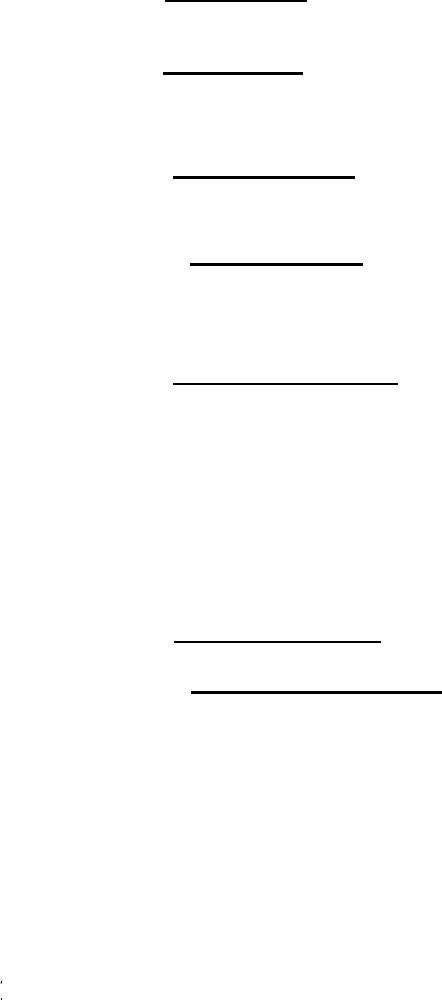 |
|||
|
|
|||
| ||||||||||
|
|  MIL-S-64052
* The volume of air flow shall be corrected to 29.92 inches of mercury standard
barometric pressure and +70 degrees F.
3.8.2 Liquid pressure. The spray gun shall produce the spray patterns as
specified (see Figure I and 3.7.3) at liquid pressure of not more than 20
pounds-force per square inch gage (psig).
3.9 Impact resistant. The spray gun, with the one quart cup removed and with the
nozzle and connections protected shall withstand being dropped six times through a
free fall of not less than six feet to a concrete floor without damage or
deformation to the spray gun or any of its parts or components sufficient to degrade
the performance operation specified herein of the spray gun.
3.10 Operational endurance. The spray gun and all components shall withstand
without damage or deformation, and perform satisfactorily as specified herein, after
10,000 actuations (full trigger strokes) of the spray gun trigger while under 55 to
65 psig.
3.10.1 Hydrostatic pressure. The spray gun, with the one quart cup removed,
shall withstand, without damage or deformation, and perfom satisfactorily (see 3.7).
after a hydrostatic pressure of not less than 250 psig for not less than one (1)
minute. After being subjected to this hydrostatic pressure, the spray gun, with the
one quart cup removed, shall meet or exceed the air leakage requirements (3.12.1
to 3.12.4).
In accordance with 3.2 and 3.7.3, the spray
3.11 Use simulation requirement.
gun shall complete fifty (50) spraying cycles with a five (5) minute interruption at
mid-point in the fifty (50) cycle test to simulate actual use condition with a
pigmented alkyd gloss enamel exterior automotive paint conforming to TT-E-489 Type
I, Class A. A spraying cycle shall be defined as: a single pull (engagement) of
the spray gun trigger which results in the following sequential events: 1) The air
valve opening to permit air passage through the spray gun, 2) the liquid material
valve opening to permit the passage of air and enamel through the spray gun, 3) the
deactivation (disengagement) of the spray gun trigger which shall close the liquid
material valve to prevent the passage of liquid material through the spray gun, 4)
not less than five (5) seconds nor more than ten (10) seconds shall elapse from the
the the liquid material valve is opened until the liquid material valve is closed,
5) the liquid material valve shall remain closed (spray gun passing air but not
spraying liquid) for not less than fifteen (15) seconds.
3.12 Air leakage requirements. The spray gun shall meet or exceed the air
leakage requirements of (see 3.12.1 to 3.12.2).
3.12.1 Air leakage requirement No. 1. When the following pre-conditions have
been fulfilled (see pre-conditions a., b., and c. below), the spray gun shall not be
damaged or deformed after being subjected to air pressure of not less than 100 psig
for not less than two (2) minutes. When the air pressure source is shut off by a
supply line valve to isolate the air pressure captured in the spray gun, the
captured air pressure, 100 psig or more, in the isolated spray gun shall not drop
more than ten (10) psig in not less than one (1) minute.
Pre-conditions of Air Leakage Requirement No. 1:
a. Remove the spray gun cup, the material inlet connection shall be capped,
plugged, or blocked to prevent the escape of air through the material
inlet connection.
5
|
|
Privacy Statement - Press Release - Copyright Information. - Contact Us |